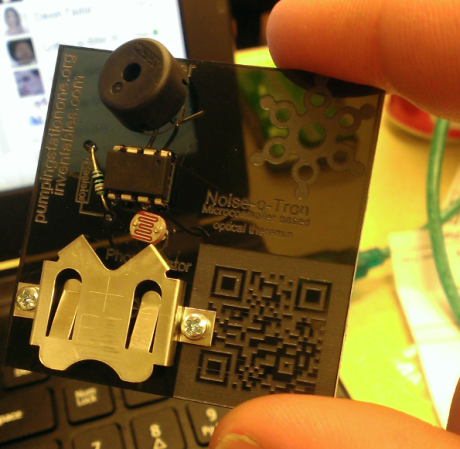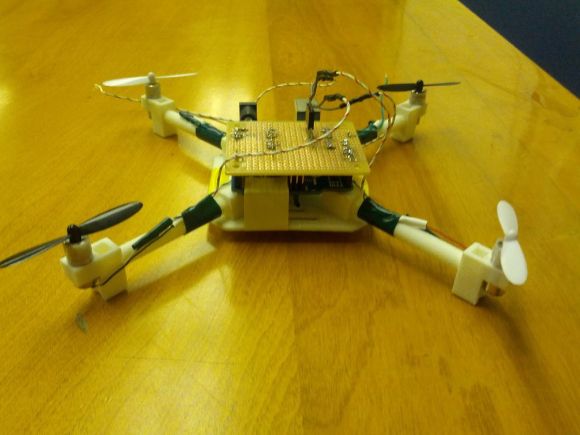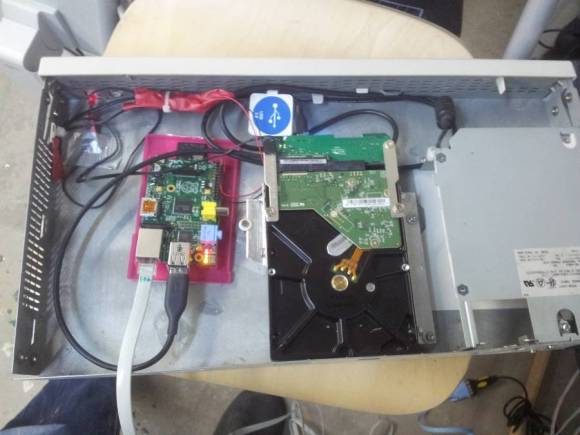 Ah, the days when men were men and people died of asbestos related illnesses in their 30s. Let this video take you back to the ancient times when chains were forged by hand, destructively tested using wooden capstans, and sent off to furnish the ships of the line, way back in the year 1940.
Ah, the days when men were men and people died of asbestos related illnesses in their 30s. Let this video take you back to the ancient times when chains were forged by hand, destructively tested using wooden capstans, and sent off to furnish the ships of the line, way back in the year 1940.
The video is something of an advertisement for the Netherton iron works, located in the English midlands. Founded sometime in the mid 19th century, it appears the tooling and machinery didn’t change much the hundred years before this was filmed.
The chain begins as a gigantic mass of wrought iron bars brought in from a forge. These bars are stockpiled, then sent through chain shears that cut them into manageable lengths a foot or so long. The next scene would probably look the same in 1940 as 1840, with gangs of men taking one of the bars, heating it in a forge, beating it on an anvil, and threading it through the last link in the chain they worked on. This isn’t the satisfying machinations of industrial automata you’d see on How It’s Made. No, this is hard manual labor.
Whether through simple quality control or an edict from the crown, the completed chains are tested, or more specifically, proofed. Yard long samples are tested to their failure point, and entire chains are proofed to their carrying capacity in 15 fathom ( 90 feet) long lengths. These chains are then examined link by link, stamped and certified, and sent off to mines, factories, tramp steamers, and battleships.
Although the Netherton iron works no longer exists, it did boast a few claims to fame in its day. It manufactured the anchors and chain for both the Titanic and Lusitania. Of course, such a large-scale production of wrought chain in such an archaic method would be impossible today; today, every wrought iron foundry has been shuttered for decades. If you’ve ever wondered how such massive things were made with a minimal amount of machinery, though, there you go.
Continue reading “Retrotechtacular: Forging Of Chain By Smiths”
















